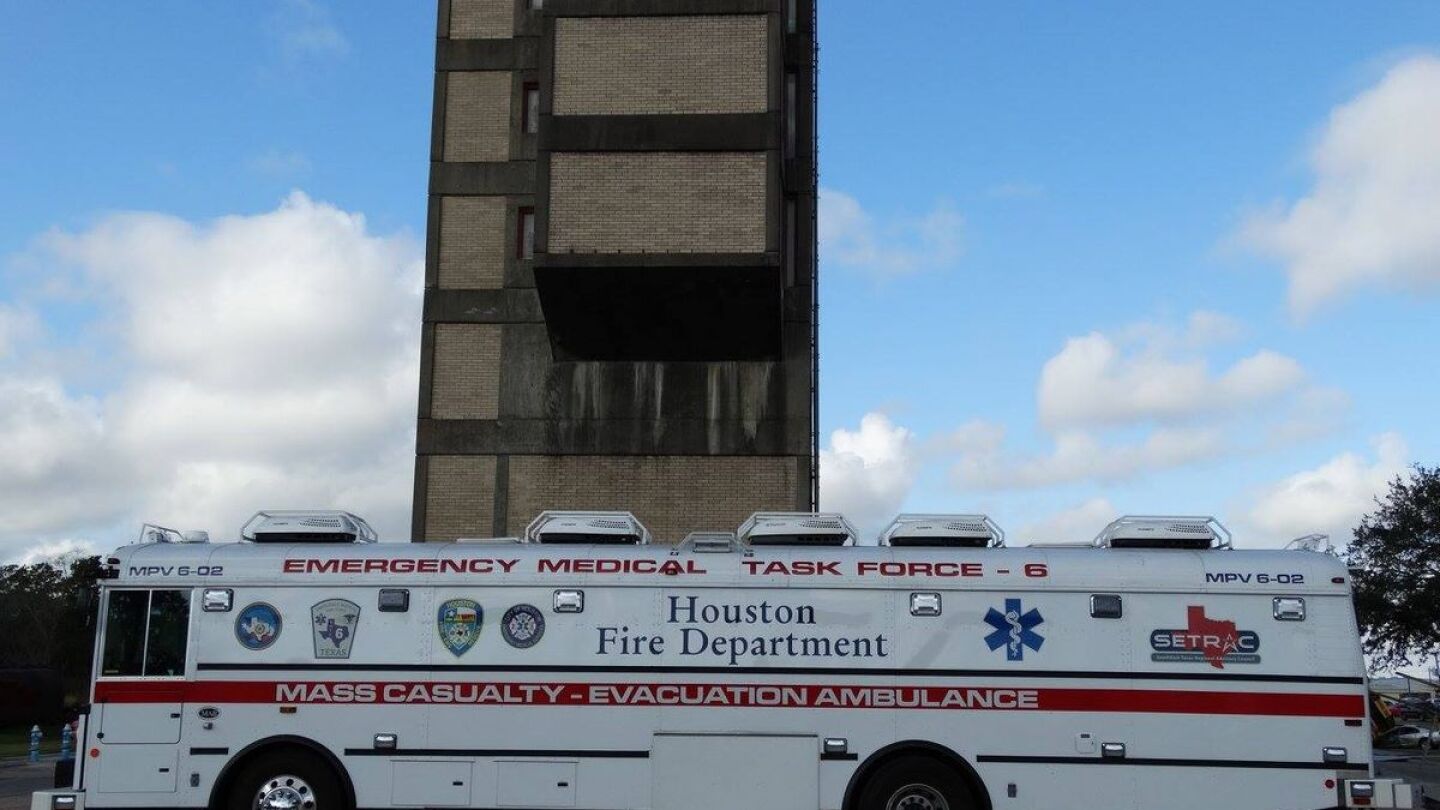Communications and Interoperability
The communications and interoperability resource page is designed to help firefighters keep up with the latest communications gear and best practices in mutual-aid and interoperability.
Confidence can only be obtained through realistic MCI drills that truly test the system
Real-world case studies from EMS Lawyer Doug Wolfberg reveal critical takeaways for EMS providers working alongside law enforcement
Submit the strongest possible application for help with lifesaving equipment
The alert system didn’t send out an evacuation notice, because the text messages are limited to only 90 characters
Anyone with an emergency is being asked to contact their local fire station directly for help
FirstNet
Ohio’s FirstNet project manager talks about what went right, and what didn’t, when it tested the 700 MHz LTE broadband network
The county has had difficulty maintaining staffing levels at the 911 center; they are short 21 employees
The dispatcher is accused of being involved in thousands of calls that lasted less than 20 seconds
The paramedic wrestled with a knife-wielding woman as a firefighter pleaded with dispatchers to send police
The ransomware in this case, known as ODIN, is spread when a user clicks on an email link that takes the user to a webpage where the virus is downloaded
The system provides users with real-time updates and alerts via multiple platforms
The feds do not recognize 911 dispatchers as first responders, and that can have important consequences for all responders
Officials said the problem was related to the range of the fire department’s antenna and its installation on an AT&T tower
The command center allows first responders to communicate with multiple agencies in an interactive platform
The software will give dispatchers scripted questions to figure out what ails callers and decide which tier of response to provide
September 11 exposed the primitiveness of our communication systems, here’s a look at what it was like at Ground Zero and what’s being done
Once the second call went out to the right fire station, firefighters were able to stop the blaze from burning down the whole house
The planned network will allow fire, EMS and law enforcement to share information and communicate with pictures and video
FirstNet was set up to alleviate responder communication problems revealed by 9/11; here’s a look at where that program is 15 years on
Much has changed in the fire service as a result of 9/11, here’s a look at what we learned and failed to act on, and those things we simply didn’t learn
Much has changed in the fire service as a result of 9/11, here’s a look at what we learned and failed to act on, and those things we simply didn’t learn
Line-of-duty deaths require thoughtful planning on how to use Facebook to announce the loss of life and share information
Chris Cebollero and Greg Friese, MS, NRP, discuss EMS MCI response lessons learned from protests turned violent in Ferguson and Dallas
Modern and legacy 911 telecommunication systems have weaknesses and potential failure points, which puts civilians and responders at risk
The first responders fee was newly implemented to prevent fire station brownouts
911 calls were mistakenly routed to a recorded message that call takers were busy; the city is unsure if response times were delayed
The shift from landlines to mobile lines has been a nightmare for locating 911 callers; technology is starting to offer up solutions
The chief was disciplined after failing to disseminate a report that may have prevented the death of another firefighter
Look for these six features when adding technology to incident management, especially for large-scale incidents
There have been numerous instances of the system crashing or failing to relay calls
NTSB investigators found that the third-rail power cables were improperly installed at the site of the electrical malfunction that led to the fire
Passengers spent more than 30 minutes inside the smoke-filled train before firefighters arrived
Learn about the state of public-safety interoperability and how AFG funds can be used to purchase much-needed interoperable radio communication systems.





















